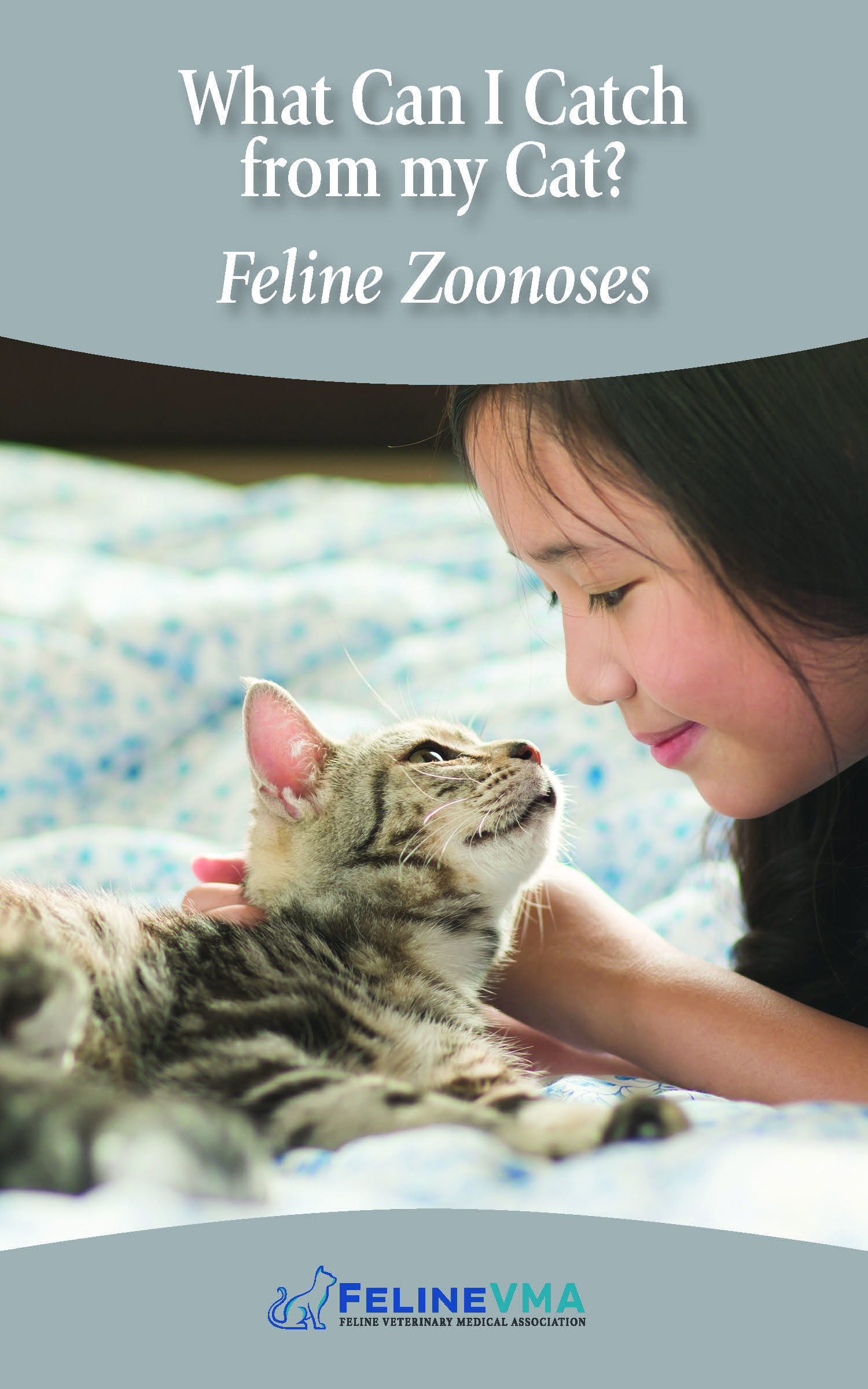What is a Zoonotic Disease?
Zoonotic diseases are diseases that are transmissible from living animals to people.
Zoonoses are caused by bacteria, viruses, parasites, prions, and fungi. They can be spread directly from animals to people, or indirectly via a “vector” — an organism that carries the disease from one host to another, like a tick or mosquito. There are many precautions that you can take to minimize the risk of contracting a zoonotic disease.
Zoonoses can cause illness in humans regardless of a person’s immune status. Therefore, precautions and preventive measures should always be taken in situations where direct or indirect animal exposure has occurred. However, zoonotic diseases are often more severe in people whose immune system is weak or otherwise compromised.
It is important to note that many zoonotic diseases in cats and other animals may not cause visible signs of ill health in the primary host species.
There are many precautions you can take to minimize the risk of contracting a zoonotic disease.
– Dr. Lauren Demos, BVMS, HonsBSc
How are Zoonotic Diseases Spread?
Zoonoses can be spread through a variety of means including:
- Saliva
- Scratches
- Aerosols
- Feces
- Urine
- Vectors (i.e., mosquitoes or ticks)
Examples of Common Cat-Associated Zoonoses
There are a large number of zoonotic diseases that can be transmitted by or associated with cats. Some of the more common zoonoses associated with cats include:
Bacteria
- Anthrax (Bacillus anthracisa)
- Bartonella (Bartonella species)
- Lyme Disease (borrelia burgdorferi)
- Diphtheria (Corynebacterium diphtheria)
- Strep (Group A streptococcus)
- Listeria (Listeria monocytogenes)
- Cat flea typhus (rickettsia felis)
- Salmonella (Salmonella species)
Tapeworms
- Flea tapeworm (Dipylidium caninum)
- Cyclophyllid tapeworm (Echinococcus multilocularis)
Ectoparasites
- Hairclasping mite (cheyletiella blakei)
- Itch mite (sarcoptes scabiei)
Roundworms
- Hookworm (Ancylostoma braziliense)
- Heartworm (Dirofilaria immitis)
- Threadworm (Strongyloides stercoralis)
- Northern hookworm (Uncinaria stenocephala)
Fungi
- Microsporum (Microsporum species)
- Trichophyton (Trichophyton species)
Protozoans
- Toxoplasmosis (Toxoplasma gondii)
Viruses
- Cowpox
- Rabies
Prevention of Cat-Associated Zoonoses
Some cat-associated zoonoses, such as rabies, are preventable through vaccination. Others can be prevented or eliminated through regular testing by your veterinarian and deworming. It’s good to establish a relationship with your veterinarian and follow their recommendations for vaccinations and preventive health care, which can help to minimize many zoonotic risks. Make sure to discuss any human-related healthcare concerns with your veterinarian who can help to liaise with your healthcare provider, especially if you are aware of any potential immunocompromised individuals within your household. Finally, good hygiene should always be maintained around pets. Remember to always wash your hands with soap and water after petting cats, cleaning food or water bowls, and after scooping litter. Stray cats should only be handled by appropriately trained professionals.
Through preventive care, it is possible to decrease the risk of exposure to many of these zoonoses. Many zoonotic diseases that can be carried by cats are more commonly carried by people; in that respect, disease is more likely to be transmitted from another person than a cat.


